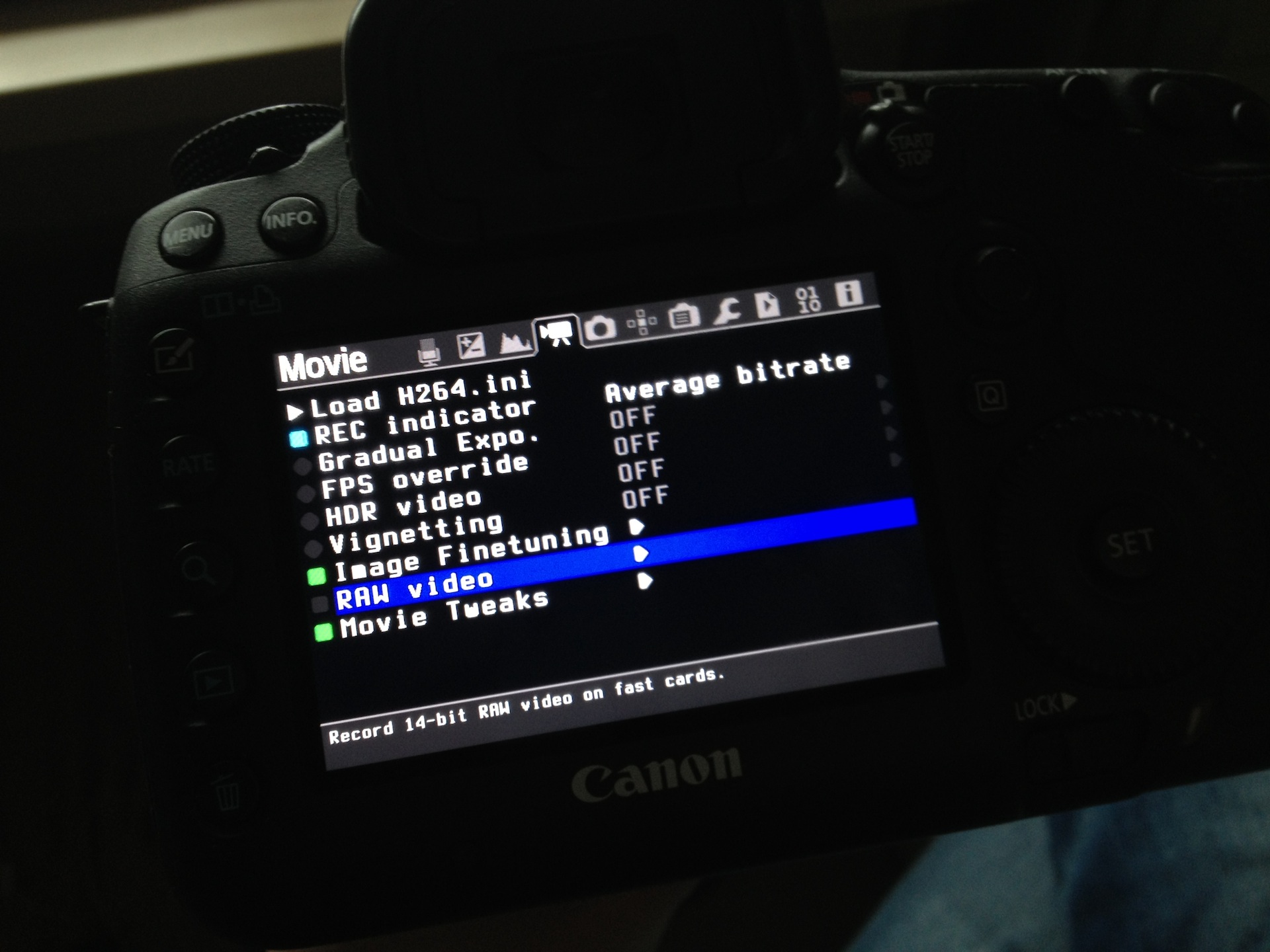
Then Magic Lantern discovered a 3.5K mode which DOES record with lossless raw compression, meaning the data rate becomes manageable enough for recording to Compact Flash cards for longer than a few seconds. The 3840 x 1536 mode is part of a previously discovered sensor mode for 3K and 4K recording, but this mode didn’t work in 10bit or 12bit raw and the live view display looked like this: Magic Lantern doesn’t yet unlock the vertical resolution required for 16: x 1536 is a beautiful cinematic result with 2.50:1 aspect ratio similar to cinemascope. In 4K we have 3840 pixels horizontal, which is exactly a 1.5x crop (Super 35mm) of the full frame 22MP sensor. The 4K is more a proof of concept, whereas the 3.5K mode is actually usable for all sorts of filming. More on that in a moment (I was so excited about it, I wrote a book about it). This is a continuous recording mode with a workable low-res, low-fps preview of your scene for accurate framing. It is with the new 3.5K mode that things really start to get excitingĪlas it is with 3.5K not the 4K where the really illicit action is with the 5D Mark III. It’s a veritable amusement park of camera geek features… a forbidden contraband hack that should never have been possible…and here’s how Canon probably feels about you enjoying yourself over it… Look at the RAW video menu above, just look at it. Why did they ignore this technology and refuse to activate it? Then the Sumerian civilisation came along and finally put it to good use! Well it turns out Canon have had sensors in their DSLRs since 2012 which have been capable of 4K video… but they just kinda sat on it. With the new Magic Lantern experimental build for the 5D Mark III, we have an amazing 4K and 3.5K 10bit lossless raw mode with Super 35mm continuous recording.ĭid you know that the Mayans invented the wheel, but only used it for a child’s toy and didn’t really see the point?

The final cut was upscaled to 8K for youtube using ffmpeg with lanzcos resizer.Available now! The new EOSHD 5D Mark III 3.5K RAW Shooter’s Guide The entire video was processed and color corrected to ProRes4444 with MLVApp only, at original resolution (unsqueezed). MLVApp is able to merge the two files (MLV+M00) from the two cards. So the CF card writes about 70MB/s and the SD about 50MB/s at the same time. And the best: continuous recording!!! This is possible because of the latest SD overclocking and card spanning features (thanks to everyone involved!).


This makes the footage look very cinematic! I am blown away by Danne's video modes, especially this 5.7K anamorphic mode which uses the full sensor width (big thank you, Danne!). This is the first test video with my new old Canon EOS 5D Mark III.


 0 kommentar(er)
0 kommentar(er)
